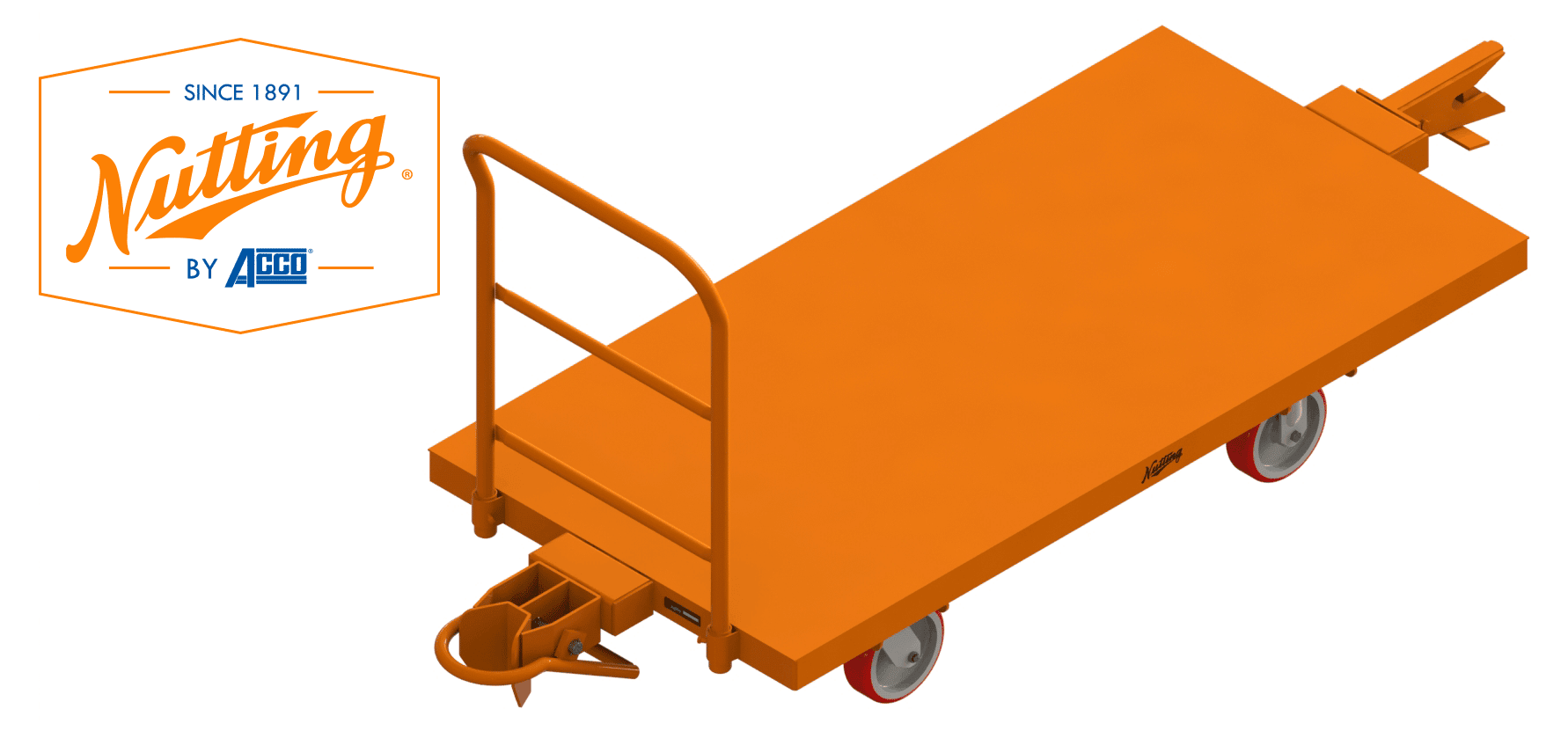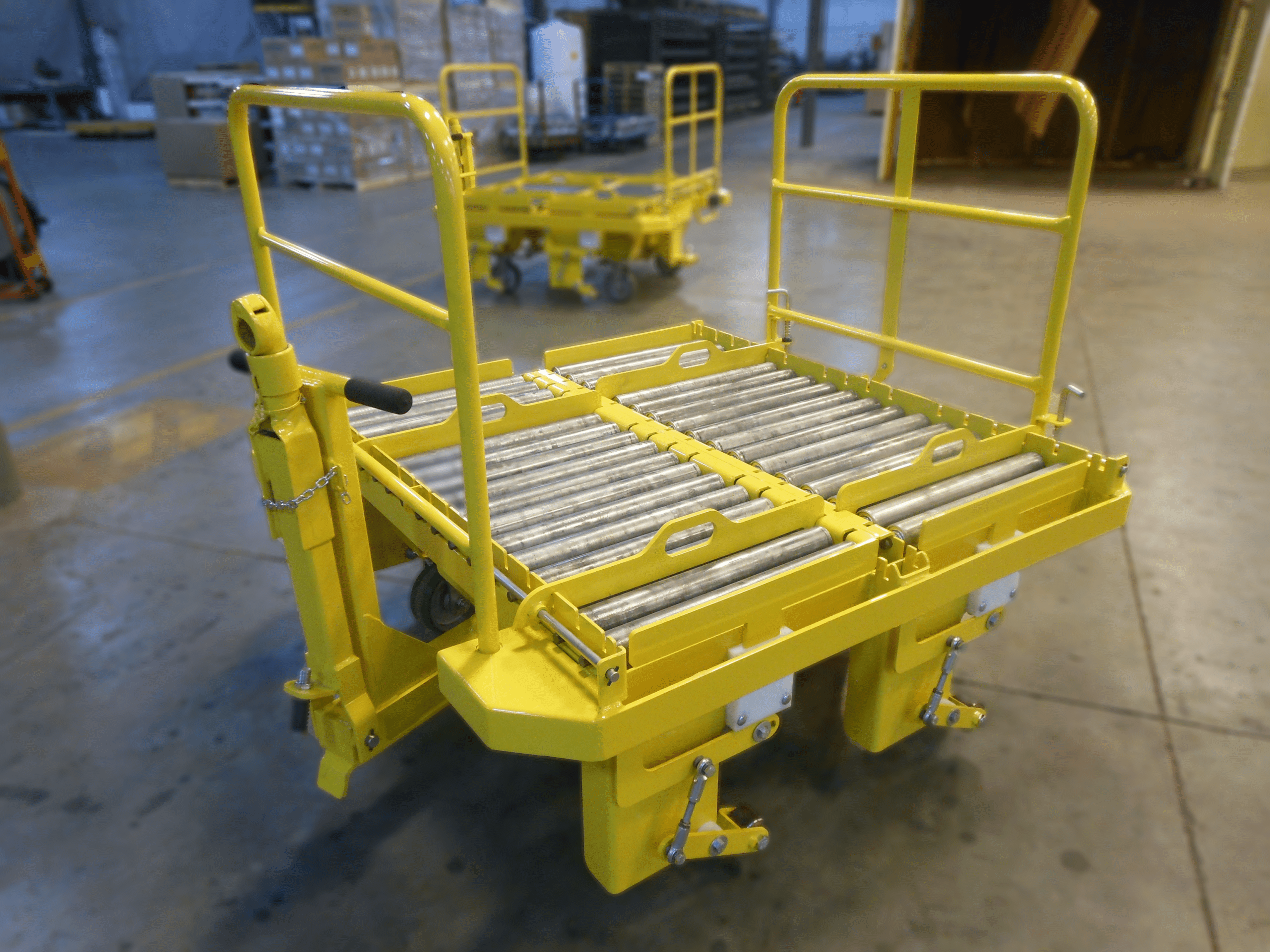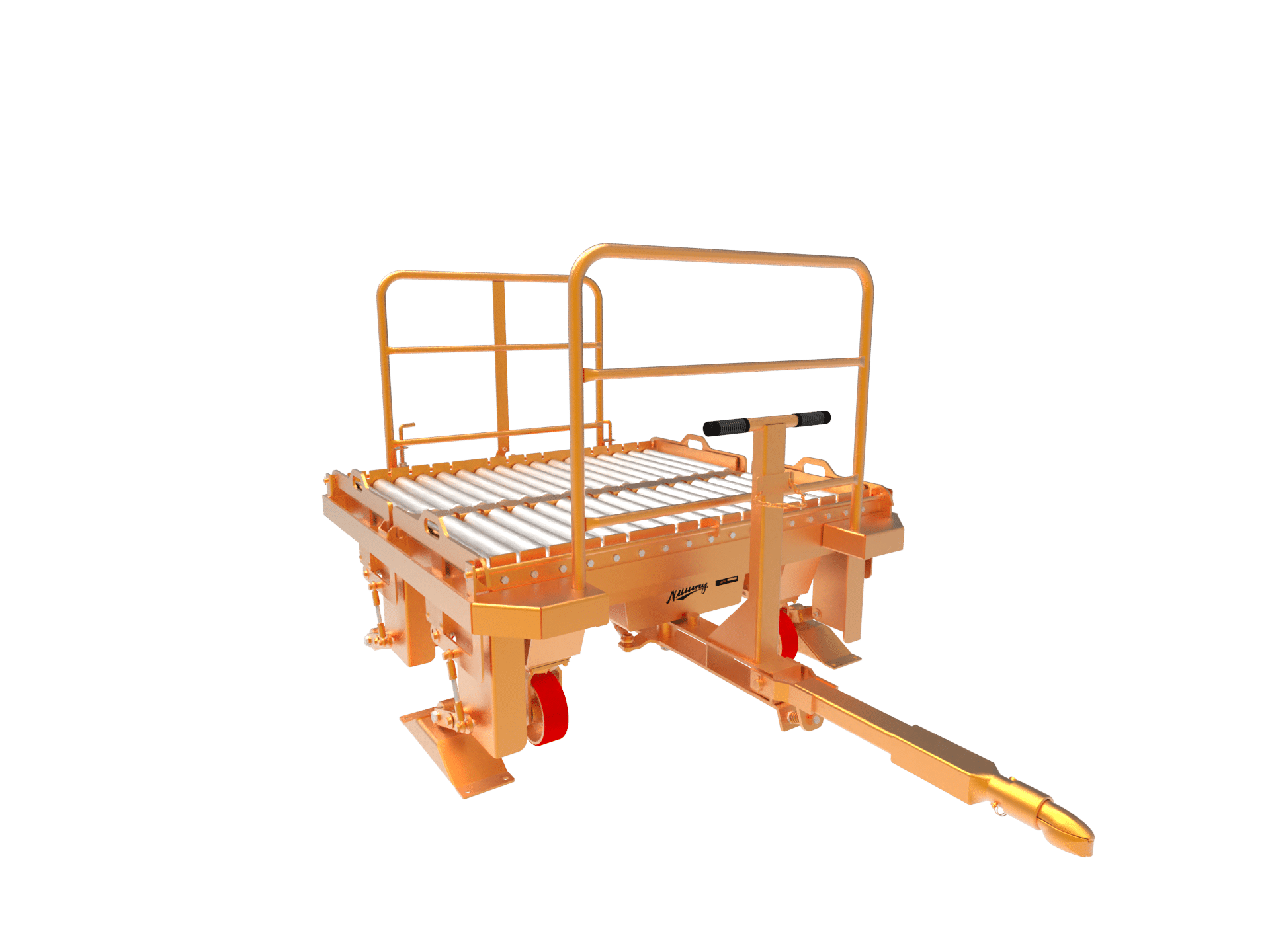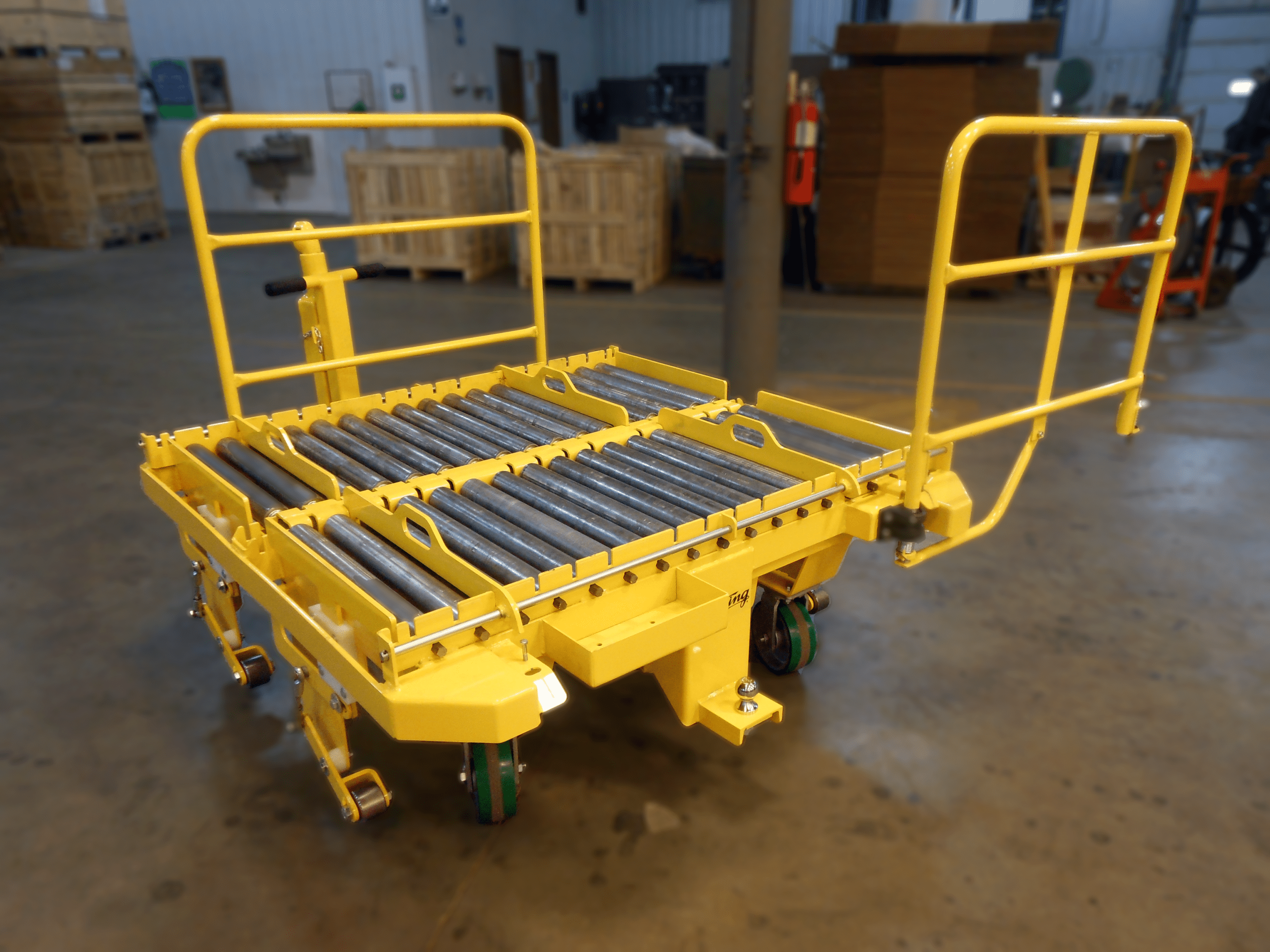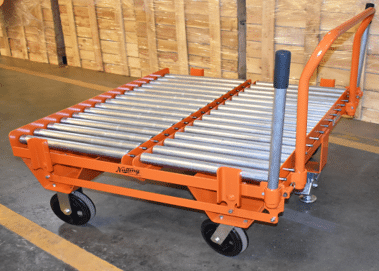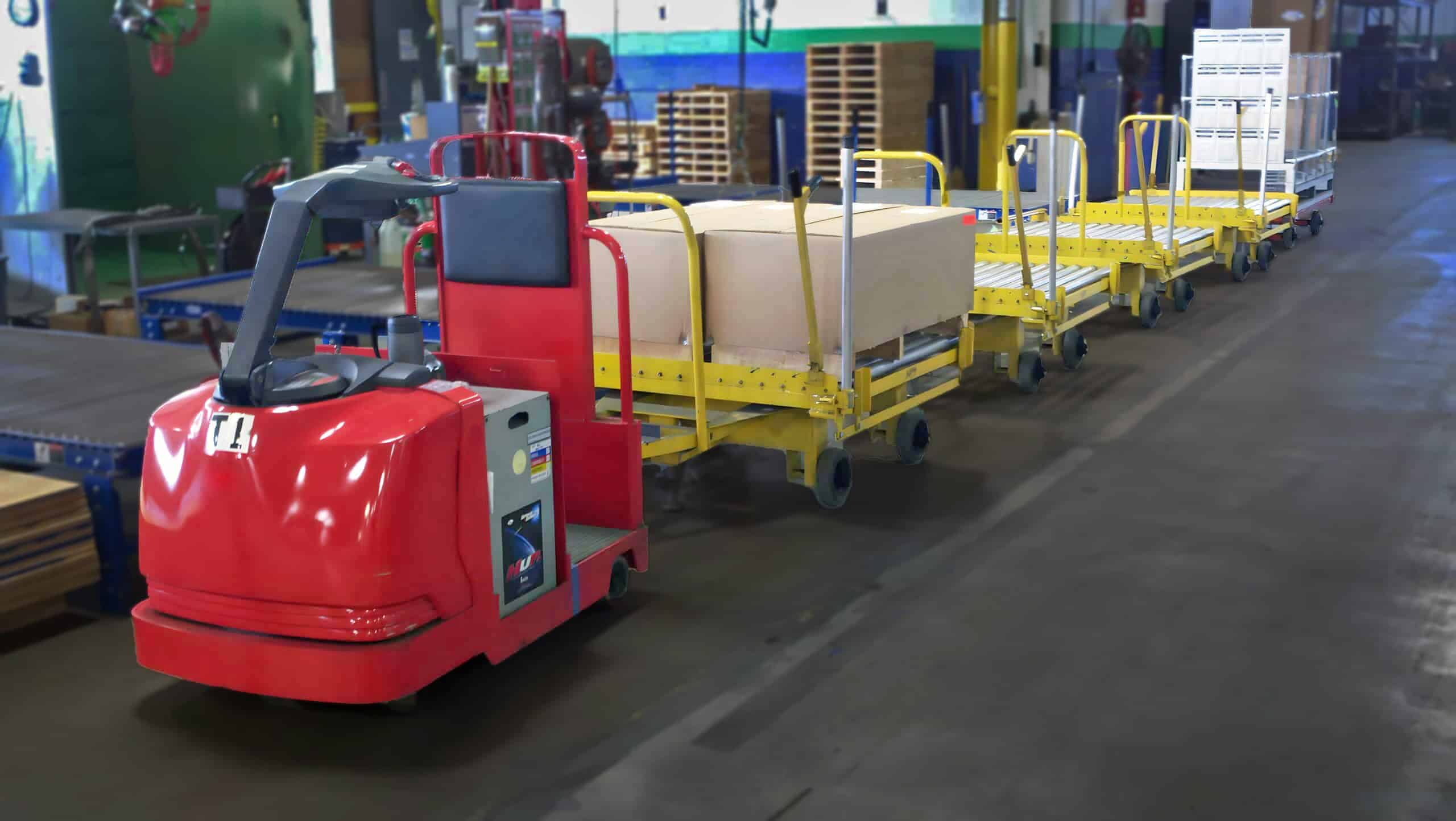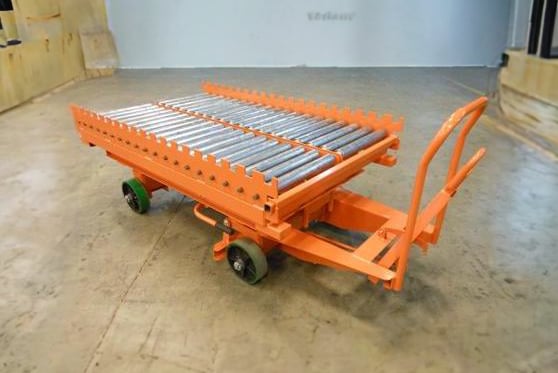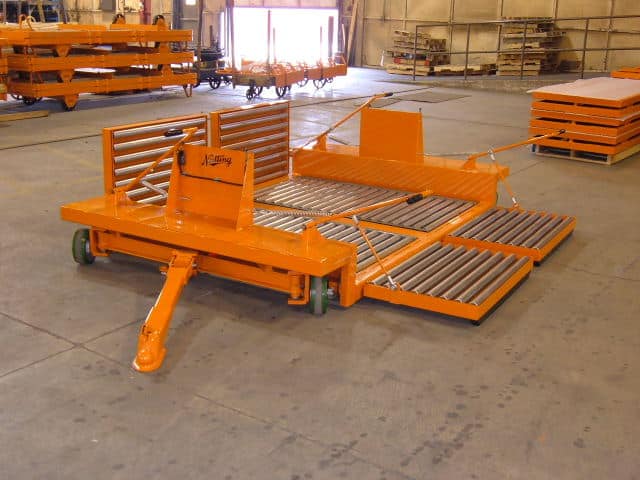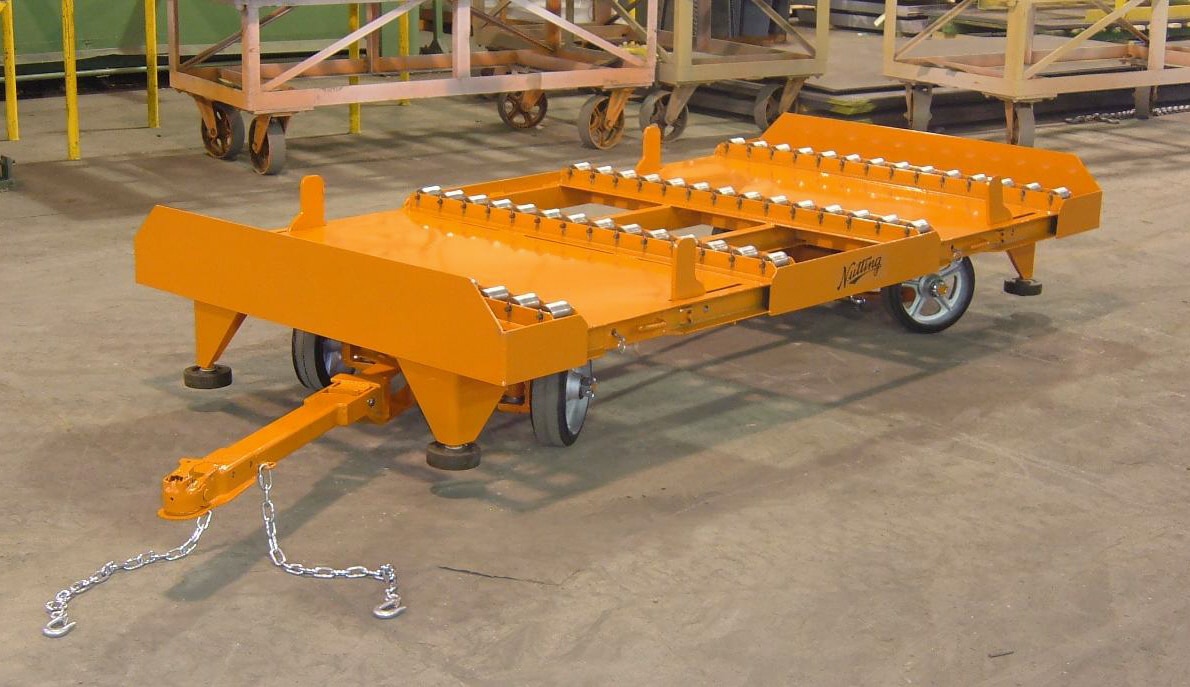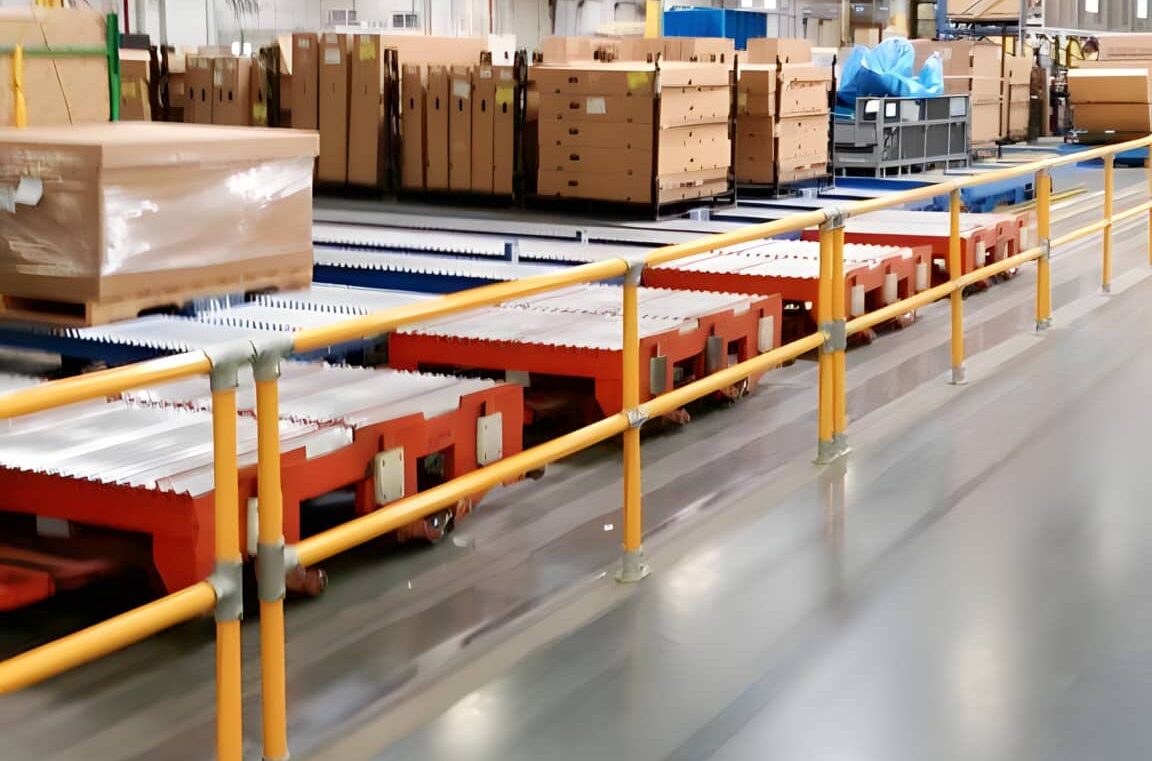Transfer Carts
Transfer Carts, Roller Carts, and Conveyor Carts
Transfer, roller, and conveyor carts are essential for achieving warehouse efficiency. These carts move heavy loads and materials throughout a warehouse, making the process faster and more streamlined.
Types of Transfer Carts
Transfer carts move materials and products from one location to another within a warehouse. They are typically equipped with wheels or casters for easy movement and can be manually or electrically operated. There are several types of transfer carts, including:
Flatbed Carts
Flatbed transfer carts are the most basic type of transfer cart. They are designed with a flat surface and can be loaded with materials or products of various sizes and shapes. These carts are ideal for moving heavy loads and can be used across multiple warehouse settings.
Roller Carts
Roller transfer carts are similar to flatbed carts but are equipped with rollers on the surface. These rollers allow for more effortless movement of heavy loads, making them ideal for warehouses with a lot of manual labor. They are also helpful for moving delicate or fragile items, as the rollers provide a smoother and more controlled transfer.
Conveyor Carts
Conveyor carts are designed with a conveyor belt on the surface, allowing for continuous movement of materials or products. These carts are ideal for warehouses with high-volume operations, as they can move large quantities of items quickly and efficiently. They are also helpful in transporting items that need to be sorted or processed along the way.
Manual, Electric Tugger, and AGV Movement
Transfer and conveyor carts can be moved in various ways to suit different warehouse needs:
Manual Movement
Warehouse workers can manually push or pull transfer and conveyor carts. This method suits smaller loads or shorter distances where manual labor is more cost-effective.
Electric Tugger Movement
Electric tuggers are used to pull multiple transfer and conveyor carts at once, also known as a tugger train. They are ideal for high square footage warehouses or moving heavy loads over longer distances. Electric tuggers help increase efficiency and reduce the physical strain on workers.
AGV (Automated Guided Vehicle) Movement
AGVs are autonomous vehicles that can transport transfer and conveyor carts without human intervention. They are programmed to follow a specific route within the warehouse, making them efficient for repetitive tasks and reducing the risk of accidents.
Benefits of Transfer Carts
The use of transfer and conveyor carts in warehousing offers several benefits, including:
Increased Efficiency
By using transfer or conveyor carts, warehouse operations can be completed more quickly and efficiently. These carts eliminate manual labor and can easily move heavy loads, saving time and reducing the risk of injury.
Versatility
These carts come in various sizes and designs, making them suitable for a wide range of warehouse operations. They can move materials and products of different sizes and shapes, making them a versatile tool for any warehouse.
Heavy Duty Capabilities
Our carts are designed to handle heavy loads, making them essential tools for warehouses that handle large and bulky items. These carts are built to withstand the weight and pressure of heavy loads, ensuring safe and efficient transportation.
Importance of Working with an Expert Manufacturer
Collaborating with a reputable manufacturer like Nutting Carts and Trailers ensures that your material handling carts integrate seamlessly with your current equipment ecosystem. Nutting offers customized solutions tailored to your warehouse requirements, ensuring optimal performance and compatibility. By working with experts like Nutting, you can enhance the efficiency and productivity of your warehousing operations while maintaining a safe working environment.
Carts offer increased efficiency, versatility, and heavy-duty capabilities, making them a valuable investment for any warehouse. Consider incorporating these carts into your warehousing operations to streamline your processes and improve efficiency.
RELATED PRODUCTS
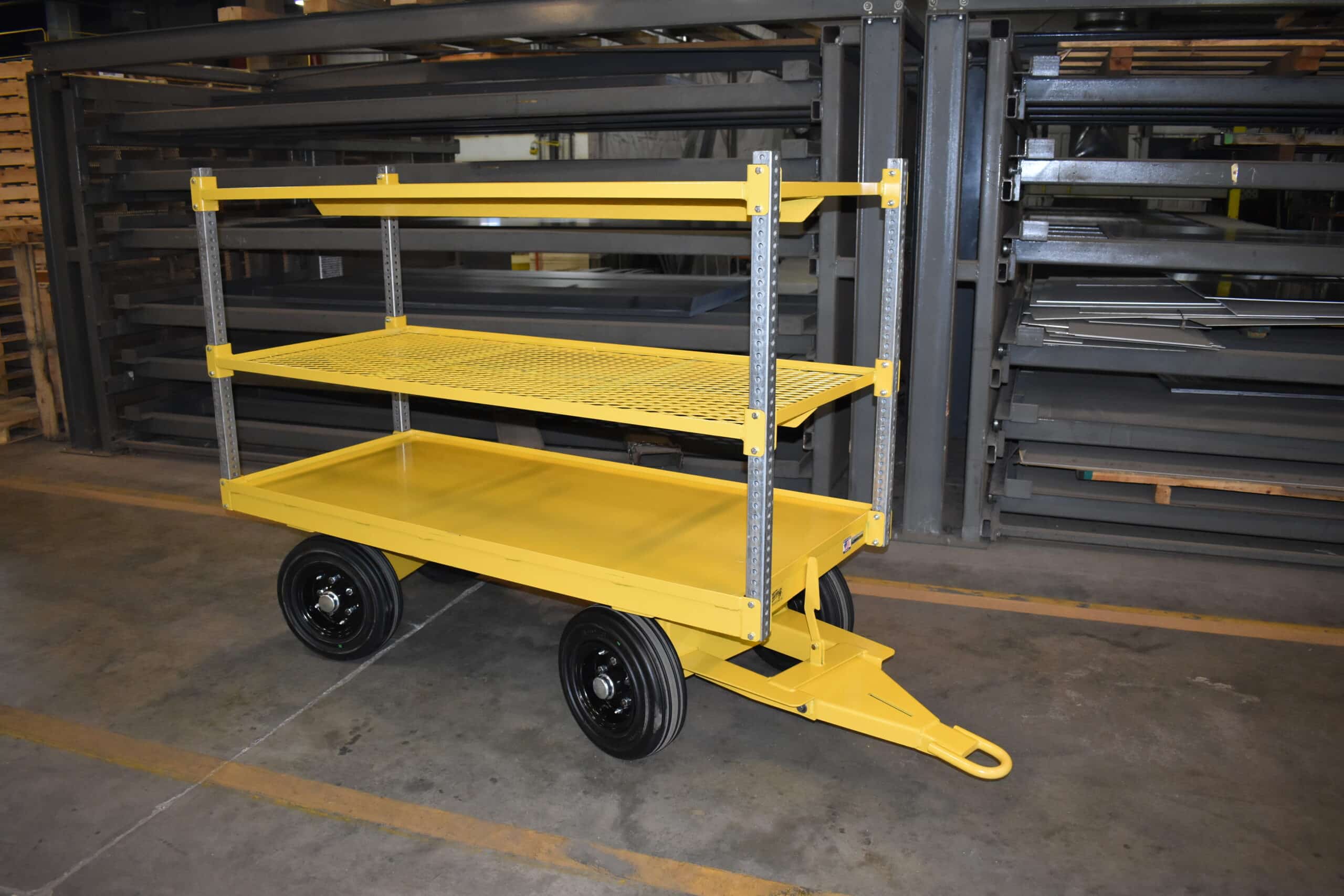
Modular Carts
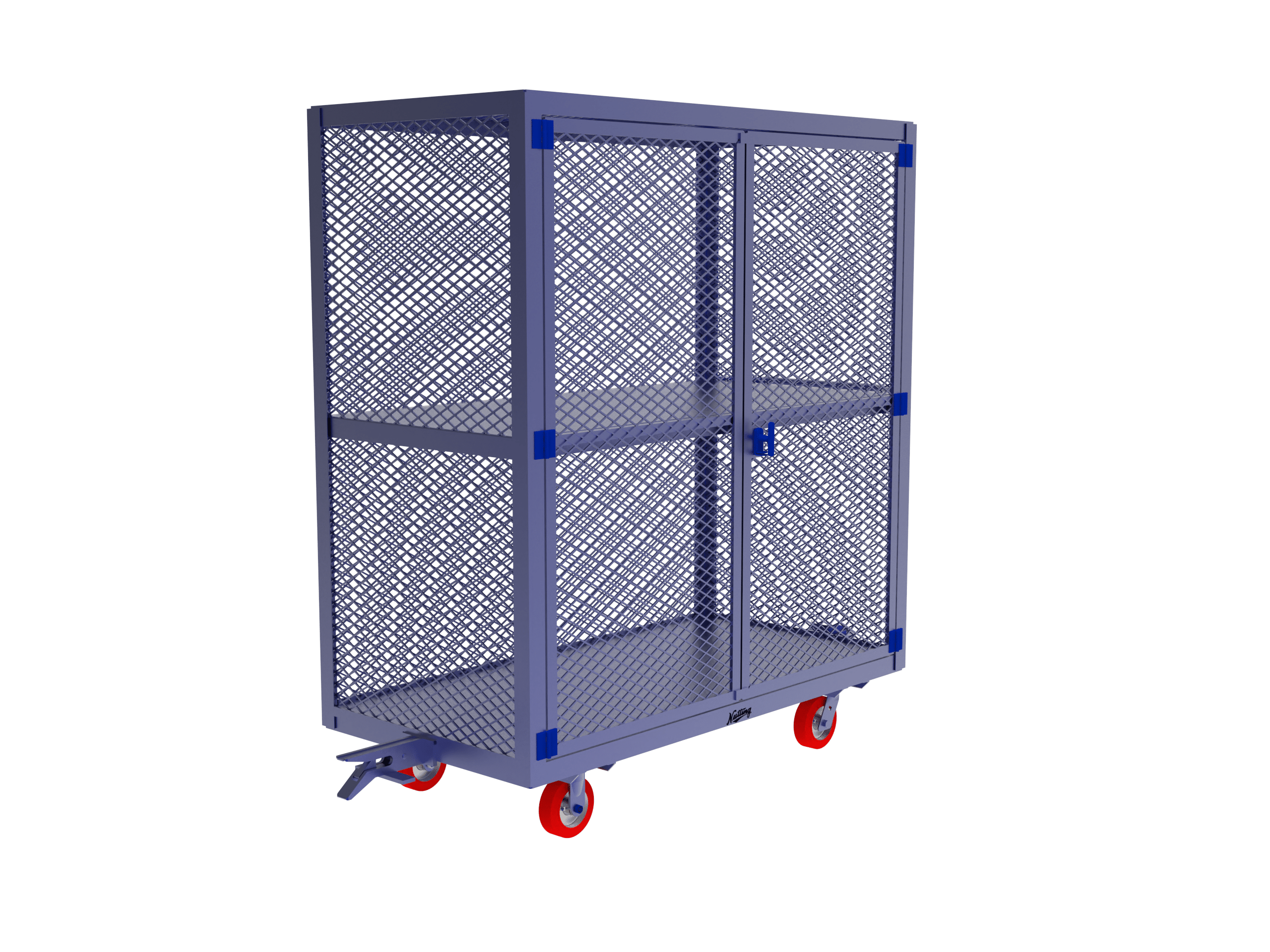
Kit Carts
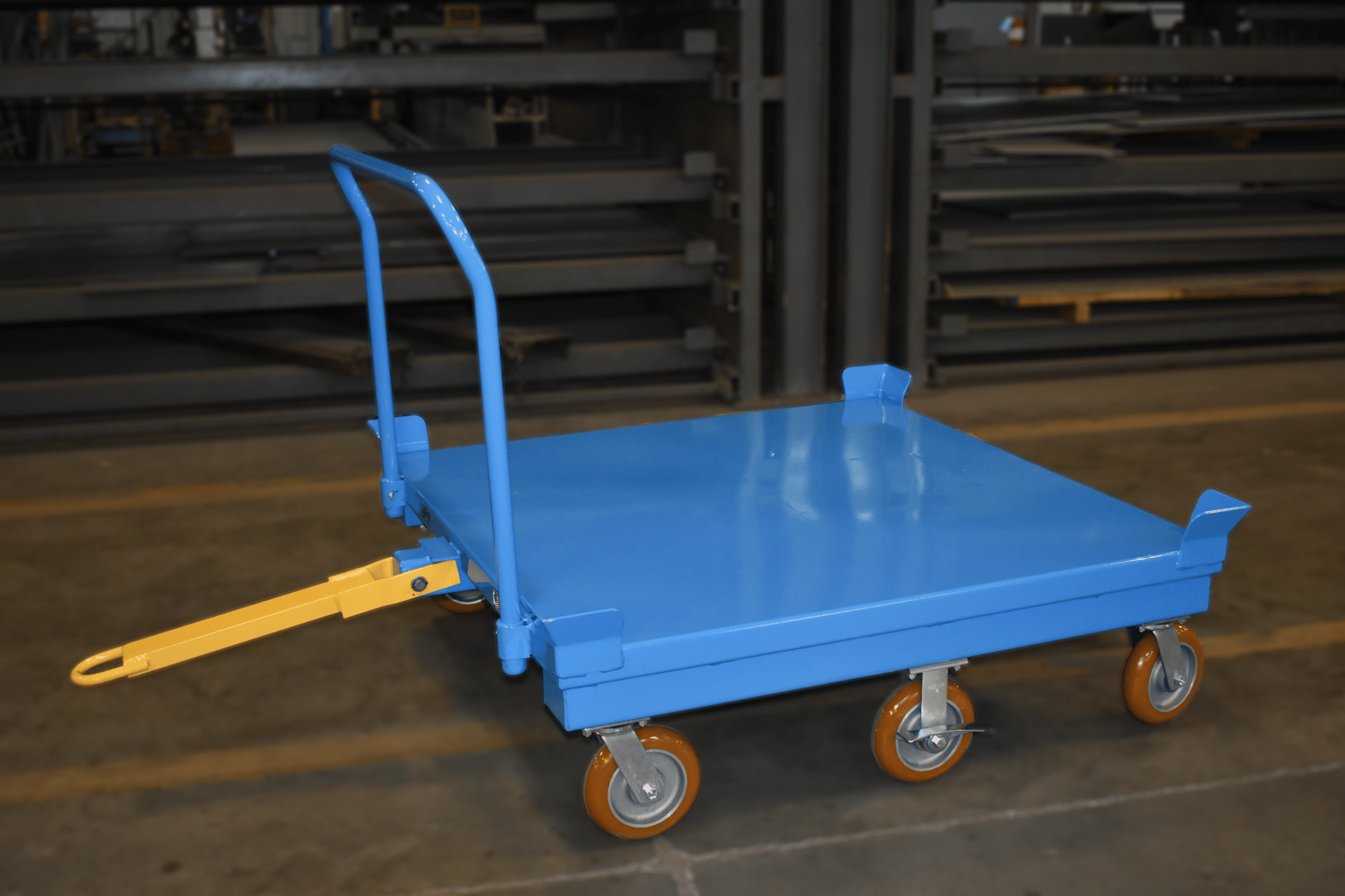
Pallet Carts – Single and Double Industrial Pallet Carts
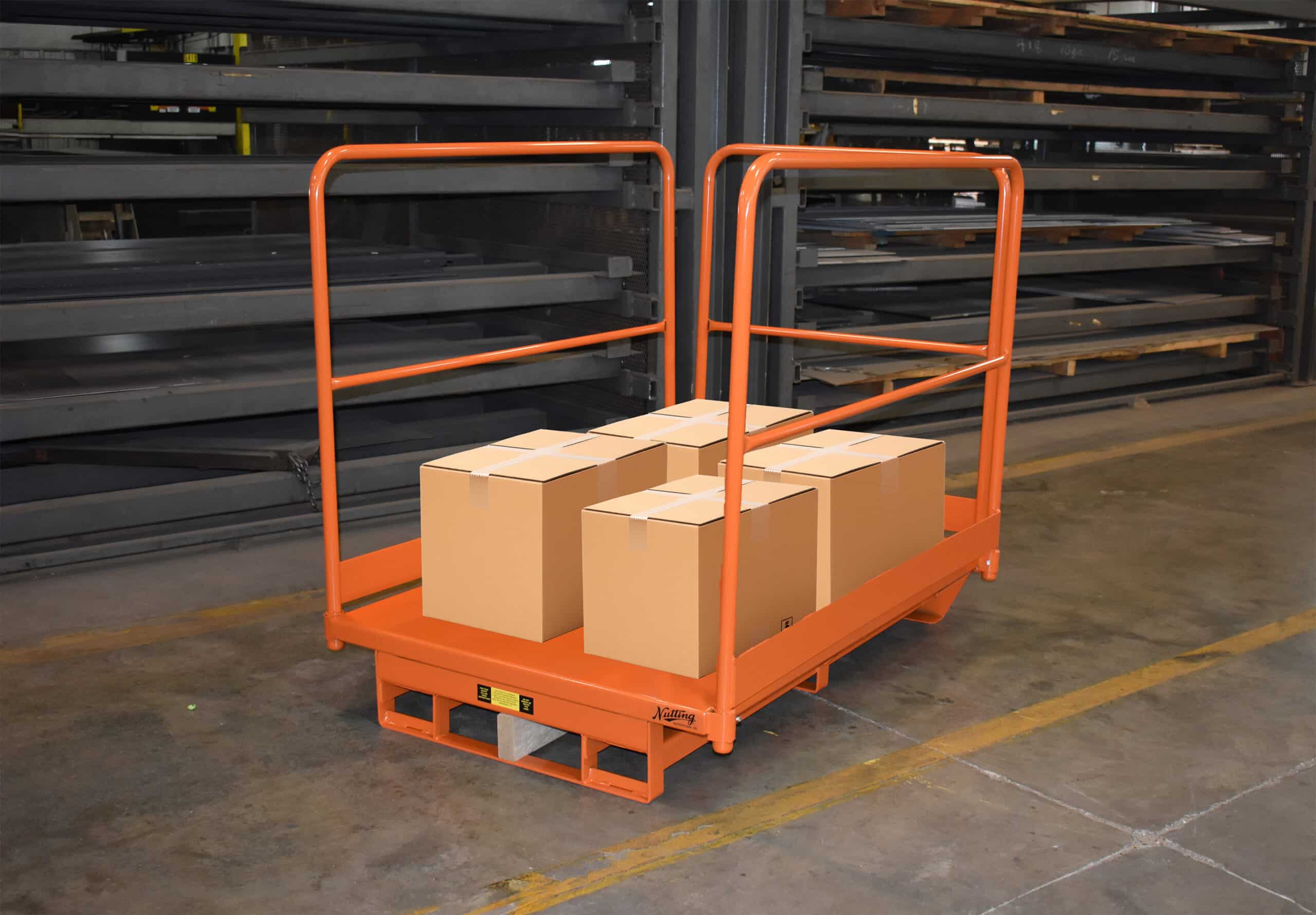
Order Picker Platforms
